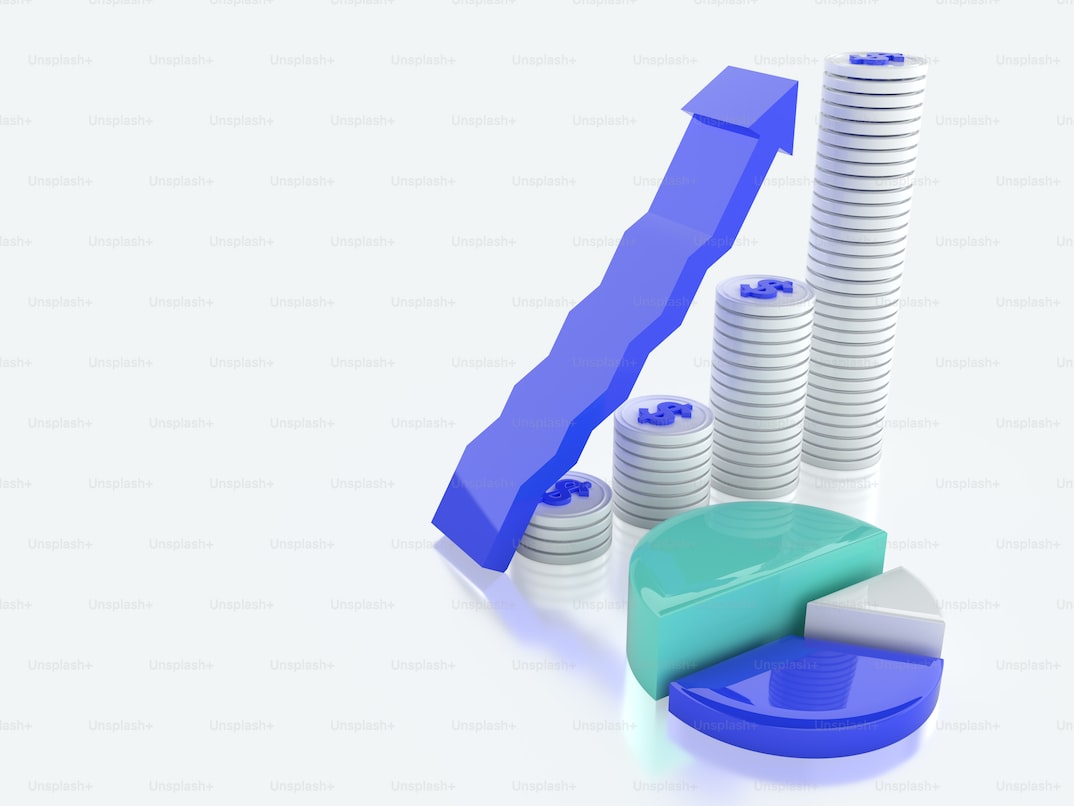The power of compounding is one of the most powerful and potent concepts when it comes to wealth building and finance. Compounding is the process of earning interest on interest, where the returns on an investment are reinvested to generate even more returns over the time. The longer the investment time, the more powerful the impact of compounding.
Let’s take a look at how compounding works in the stock market.
How Compounding Works with an Example: Suppose you invest $1,000 in a stock that grows at an average annual rate of 10% for 10 years. After the first year, your investment will be worth $1,100. In the second year, you will earn a 10% return on $1,100, which will give you $1,210. This process will continue, and at the end of ten years, your initial investment will have grown to $2,594. With compounding, you earn interest on both your initial investment and the returns generated by it.
How Compounding Works in the Stock Market?
The power of compounding can be seen in the stock market as well. Most stocks pay dividends, which are paid out to shareholders. When these dividends are reinvested into more shares of the same stock, it generates more returns over time. This reinvestment of dividends is the cornerstone of compounding in the stock market.
However, What if the stock you’re investing in doesn’t pay dividends?
Also, How Do Compound Interest Happen on Stocks if It’s a Growth Stock and Doesn’t Pay Dividends?
While most stocks pay dividends, some growth stocks do not. Growth stocks are companies that are focused on reinvesting their earnings back into the business to fuel growth. As a result, they do not pay dividends.
In the absence of dividends, compounding can still work in your favor. Growth stocks are expected to appreciate in value over time, which means that the value of your investment will increase. If you hold on to these stocks for an extended period, your investment can grow substantially due to the power of compounding.
For example, let’s say you invest $10,000 in a growth stock that grows at an average annual rate of 10%. After the first year, your investment will be worth $11,000. In the second year, you will earn a 10% return on $11,000, which will give you $12,100. This process will continue, and at the end of ten years, your initial investment will have grown to $25,937. With compounding, you still earn interest on your investment, even if the stock does not pay dividends. This effect indicates that growth companies might be reinvesting the profits in expansion.
In conclusion, compounding can work even without dividends. While dividends are an important aspect of compounding in the stock market, growth stocks can also generate substantial returns through appreciation in value. It’s essential to hold on to your investments for an extended period to reap the benefits of compounding. By reinvesting your earnings back into the same stock, you can compound your returns and build wealth over time.

